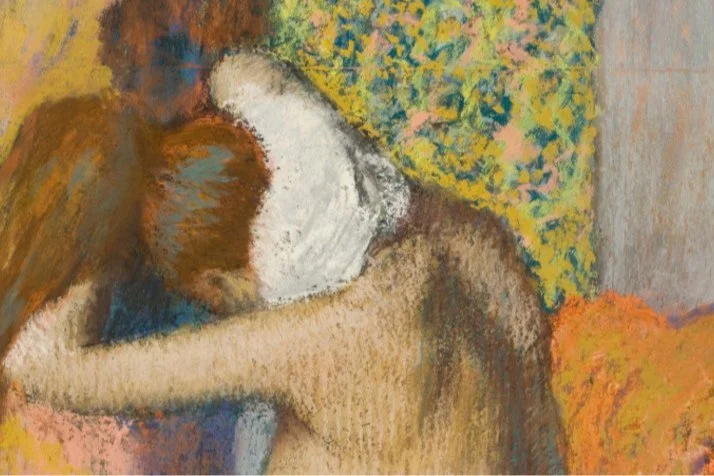Musée d’Orsay Exhibitions
-
![]()
Christian Krohg (1852-1925) The People of the North
From March 25th to July 27th, 2025
The Musée d'Orsay's exhibition devoted to Norwegian artist Christian Krohg is the artist's first-ever retrospective outside Scandinavia, following several exhibitions in Oslo and Lillehammer in 2012, and Copenhagen in 2014. By highlighting Krohg's naturalistic and committed works, the museum offers a new perspective on Norwegian art of the late 19th and early 20th centuries.
-
![]()
Lucas Arruda. Qu'importe le paysage
From April 08th to July 20th, 2025
This exhibition is the first monographic exhibition at a French museum to be devoted to this emblematic figure on Brazil’s contemporary art scene. A true master of pictorial gesture, he has developed his work around light, consistently depicting landscapes and taking a rigorous approach that leads him from figuration to abstraction.
-
![]()
Art is in the Street
Through an exceptional collection of nearly 230 works, "L'art est dans la rue" explores the spectacular rise of the illustrated poster in Paris during the second half of the 19th century. Organized in partnership with the Bibliothèque nationale de France, the exhibition is the first of its kind on this scale. In fact, no major event in Paris has ever been devoted to this social phenomenon, bringing together so many outstanding works by the "Masters of the Poster". Bonnard, Chéret, Grasset, Mucha, Steinlen, Toulouse-Lautrec... Conceived as an immersion into the visual universe of the 19th century city, the exhibition traces the golden age of the artistic poster, analyzing the social and cultural changes that favored its development, in dialogue with a unique collection of posters, paintings, photographs, costumes, sculptures and decorative objects that evoke the exuberant world of the street at the turn of the century.
Musée d’Orsay Permanent Collections
-
![]()
Paintings
Far from being frozen in the legacy handed down by the Musée du Luxembourg, the Musée national d’art moderne, and the Louvre, the Musée d'Orsay’s collections of paintings can be seen to be constantly evolving. Year upon year, gifts, donations and purchases help to keep the collections alive, adapting acquisitions as our knowledge and historiography of art grow.
-
![]()
Sculptures and Medals
The 19th century was a remarkably prolific period for sculpture. The triumphant middle-class and the political powers eagerly appropriated this art form, the former to decorate its homes and proclaim its social status, and the latter to inscribe the ideals and beliefs of the period in stone and bronze.
-
![]()
Decorative Arts
"In what place and at what price will the Louvre in the future seek to maintain the special section – so rich in wonders of all kinds – devoted to bronzes, gold work, enamel, ivories, and so on?" With rare foresight, Léonce Bénédite, the curator of the Musee du Luxembourg, asked this question in an article published in the Gazette des Beaux-Arts in 1892.
-
![]()
Photography
In the 1970s, when it was decided to convert the Orsay railway station into a museum for the 19th century, no fine arts museum in France had a photography section. Yet, it was quickly decided that this major invention of the period would have its place in the future Musée d'Orsay.
-
![]()
Pastels
The Musée d'Orsay has an exceptional collection of nearly 500 pastels (467 in 2020). It is one of the finest collections in the world, including a reference collection of major works by Edgar Degas (1834-1917) and Odilon Redon (1840-1916), artists who profoundly renewed the art of pastel and placed it at the center of their artistic practice.
-
![]()
Architecture
When it was decided to convert the Orsay railway station into a new museum encompassing various forms of art produced from 1848 to 1914, architecture was naturally included in the project as if it had always been a museum piece and could easily be displayed, when in fact it was, and still is, seldom represented in existing museums.









